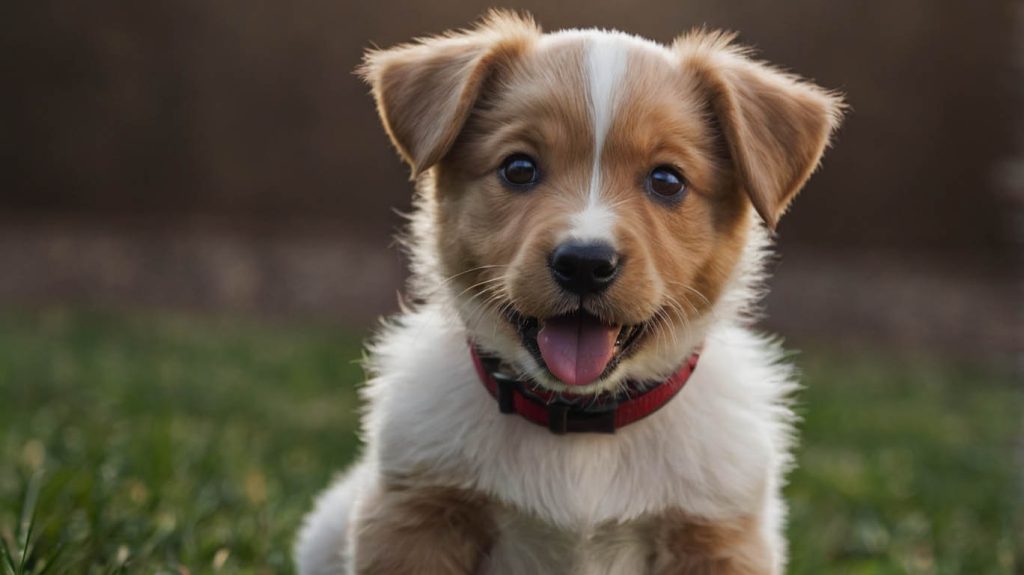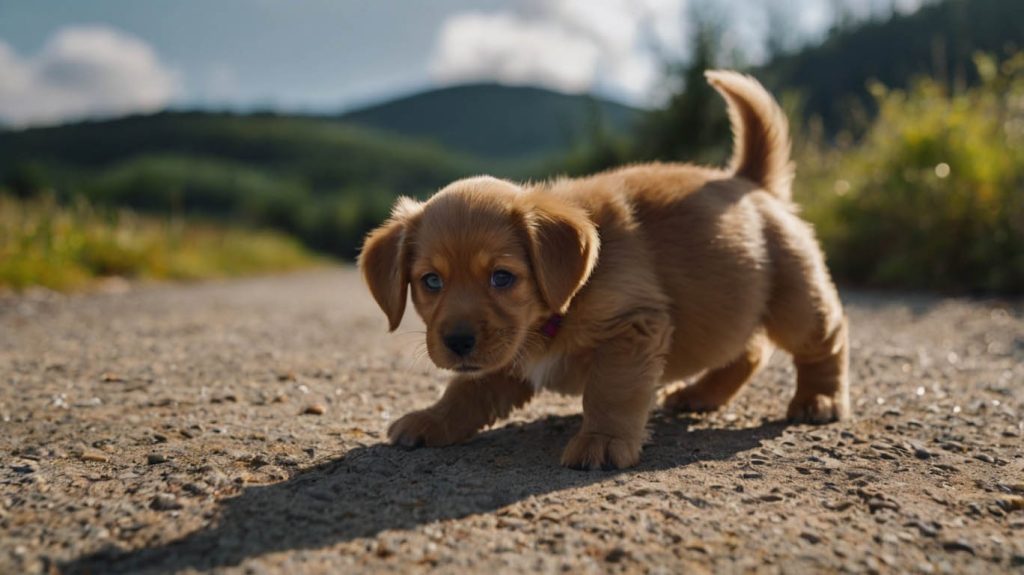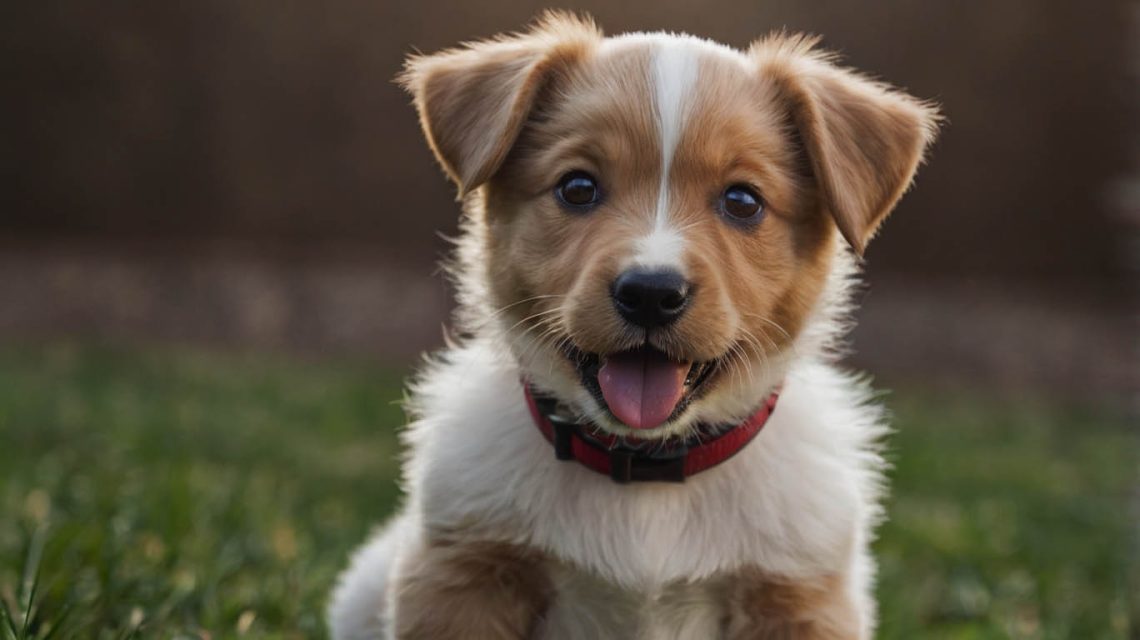Bringing a puppy home is a joyful experience—full of wagging tails, playful energy, and the occasional chaos. But as your pup settles in, one thing becomes crystal clear: training is essential. Fortunately, starting with the basic commands to teach your puppy can shape their behavior, build trust, and make life smoother for both of you.
From “Sit” to “Come,” these foundational commands do more than impress your friends. They help keep your pup safe, mentally engaged, and well-mannered in every environment. In this article, we’ll guide you through each command, explain why it’s important, and show you how to teach it effectively—even if you’re brand new to dog training.
Let’s dive in and set your puppy up for a lifetime of good behavior.
Why Teaching Basic Commands Early Matters
Your puppy is like a sponge—ready to learn and eager to please. By teaching commands early, you:
- Establish clear communication
- Prevent unwanted behaviors
- Build a solid training foundation
- Strengthen your bond
- Boost your puppy’s confidence and focus
Additionally, early command training gives your dog the mental stimulation they crave. Puppies don’t just need physical exercise—they need tasks that engage their brains.

Case Study: Milo the Mischievous Pup
Milo, an 8-week-old Golden Retriever, was cute but wild. He nipped, barked, and never seemed to stop jumping. His owner, Taylor, started teaching “Sit,” “Down,” and “Stay” with short, fun sessions every morning. Within a few weeks, Milo transformed into a calm, responsive pup. Taylor reported fewer accidents, better leash walks, and a deeper connection—all from introducing basic commands to teach your puppy at the right time.
When to Start Teaching Puppy Commands
You can begin training as early as 7-8 weeks old. Puppies are naturally curious, and short training sessions help develop healthy routines. Keep it simple, positive, and playful—just 5 to 10 minutes at a time.
The Most Important Basic Commands to Teach Your Puppy
Teach Your Puppy to Sit
“Sit” is the foundation for all obedience training. It’s a polite way to greet guests, pause at crosswalks, and start other cues.
How to Teach It:
- Hold a treat or toy close to your puppy’s nose.
- Move it slightly back over their head.
- As their bottom touches the ground, say “Sit” and praise.
- Repeat and build duration gradually.
Teach Your Puppy to Stay
“Stay” teaches impulse control. It’s useful in situations like opening doors or waiting for food.
How to Teach It:
- Ask your puppy to “Sit.”
- Hold up your hand and say “Stay.”
- Take a small step back.
- Return quickly and reward.
- Increase distance and time slowly.
Teach Your Puppy to Come
“Come” is a life-saving recall command. It’s essential for off-leash safety and trust.
How to Teach It:
- Say your puppy’s name and “Come!” in a happy voice.
- When they move toward you, praise and play.
- Use a leash for guidance if needed.
- Practice indoors first, then in a fenced yard.
Teach Your Puppy to Down
“Down” is great for calming overstimulated pups and keeping them in place.
How to Teach It:
- From “Sit,” lure your puppy down with a treat to the floor.
- As their elbows hit the ground, say “Down.”
- Reward with calm praise or gentle petting.
- Gradually increase the duration.
Teach Your Puppy to Leave It
“Leave it” helps your puppy resist distractions—whether it’s food on the floor or something unsafe.
How to Teach It:
- Place a treat in your closed hand.
- Say “Leave it.”
- Wait until your puppy stops pawing or sniffing.
- Say “Yes!” and reward with a different treat or praise.
Teach Your Puppy to Drop It
“Drop it” prevents your pup from chewing dangerous or inappropriate items.
How to Teach It:
- Offer a toy.
- Say “Drop it” while showing another toy or treat.
- When they release, praise and offer the second item.
- Practice with low-value toys first, then high-value ones.

How to Make Training Fun for Puppies
Teaching basic commands doesn’t have to be a chore. Make it a game.
- Use upbeat tones
- Celebrate progress
- Play between training cues
- Keep sessions short
- End on a win
You’ll keep your puppy engaged—and build better results with less frustration.
Case Study: Luna the Leash-Puller
Luna, a high-energy Husky, couldn’t focus outdoors. Her owner started practicing “Sit” and “Watch Me” before walks, rewarding calm behavior with forward movement. Soon, Luna was checking in and walking beside her owner instead of pulling ahead. Training those basic commands to teach your puppy turned every walk into a success story.
Using Non-Treat Rewards in Command Training
Not every puppy is food-driven. That’s okay! You can still reinforce behavior using:
- Toys (tug, fetch, chase)
- Praise (“Yes! Good puppy!”)
- Affection (rubs, cuddles)
- Freedom (access to yard or walks)
Dogs thrive on positive attention. Your excitement matters just as much as a biscuit.
Integrating Commands Into Daily Life
To truly master the basic commands to teach your puppy, don’t wait for training time—use real-life moments.
| Situation | Command to Practice |
|---|---|
| Before feeding | Sit, Stay |
| At the front door | Down, Stay |
| During playtime | Come, Drop it |
| On walks | Sit, Leave it |
| Meeting new people | Sit, Stay |
Every interaction becomes a teaching moment.
Common Training Mistakes to Avoid
Even with the best intentions, errors can slow progress.
❌ Repeating commands too often
❌ Scolding instead of redirecting
❌ Inconsistent rewards
❌ Ignoring small successes
❌ Asking for too much too soon
Stay positive and clear. Your puppy will catch on—especially with consistency.
FAQs
When should I start training my puppy?
Start as early as 7–8 weeks with simple, short sessions.
How long should training sessions be?
5 to 10 minutes, 2–3 times daily. Puppies learn better in short bursts.
What if my puppy isn’t food motivated?
Use toys, play, or praise. Not all puppies respond to food.
Can I teach multiple commands at once?
Yes, but don’t overwhelm your pup. Master one before layering more.
How do I know if my puppy is learning?
Watch for quicker responses and consistency in different environments.
Conclusion: Start Strong With Basic Commands
Mastering the basic commands to teach your puppy is the first step toward raising a well-behaved, confident, and connected dog. These simple cues form the foundation for all future training—and they make life together so much easier.
Whether you’re preparing for leash walking, off-leash recall, or polite manners at the dog park, every command you teach today builds trust that lasts a lifetime. So grab some treats, toys, or just your best voice—and start teaching today.


